Clutter is nothing more than postponed decisions.
If you’ve ever found yourself drowning in stuff with nowhere to put it during a move, you’re definitely not alone. More and more Americans are turning to storage solutions to simplify their lives.
In fact, over 10% of U.S. households currently rent a self-storage unit, and there are now over 52,000 storage facilities across the country.
So if you’re renting a storage unit for the first time, you’re in good company. But figuring out how it all works can feel a bit overwhelming. What size do you need? What can you store? What should you look for in a facility? How much will it cost? These are the exact questions we will answer in this beginner's guide to renting a storage unit.
What Is a Storage Unit and Why Do People Use It?
A storage unit is a secure space—usually located in a larger storage facility—where you can keep your belongings outside of your home or business. It is like renting a small garage or an extra closet that’s off-site. You bring your items, lock the unit, and come back to access them when needed.
Now, why do people use storage units? The reasons can vary a lot depending on life situations, but here are some of the most common ones:
- Moving to a new place: Sometimes there’s a gap between moving out and moving in. A storage unit keeps your things safe in the meantime.
- Downsizing: If you're moving into a smaller home or apartment but still want to keep certain items, storage gives you that flexibility.
- Decluttering: When your home starts feeling cramped, putting seasonal items, decorations, or rarely-used stuff in storage can make a big difference.
-
Home renovations: If you need to clear out furniture and appliances while remodeling, storage units keep them protected and out of the way.
- College or military life: Students and military members use short-term storage during summer breaks or deployments.
- Business use: Many small business owners use storage units to hold inventory, supplies, or archived documents.
What makes storage units so appealing is that they’re flexible and accessible. Most facilities offer month-to-month leases, which means you're not locked into a long-term commitment.

Want the best storage deal without the guesswork? We’ve reviewed the Top Self-Storage Companies of 2025 and added them all in one place.
Different Types of Storage Units
When you're renting a storage unit for the first time, one of the most important things to understand is that not all storage units are the same. The type of unit you choose can make a big difference in how well your items are protected and how convenient the experience is for you.
Here’s a breakdown of the most common types of storage units to help you decide what fits your needs best:
Indoor Storage Units
These units are typically situated within a building, often in a facility equipped with temperature control, security systems, and multiple floors.
-
Ideal for: Furniture, electronics, documents, clothing, and items sensitive to weather or temperature changes.
-
Benefits: Better protection from extreme weather, pests, and dust. Usually, it is more secure due to restricted building access.
Outdoor Storage Units (Drive-Up Access)
These are like personal garages. You drive your vehicle right up to the door of the unit, making loading and unloading easy.
-
Ideal for: Tools, lawn equipment, bikes, appliances, and items that can handle outdoor temperatures.
- Benefits: Easy access, especially for heavy or bulky items. Great for people who will visit the unit frequently.
Climate-Controlled Units
These are indoor units that maintain a consistent temperature and sometimes humidity level throughout the year.
- Ideal for: Wooden furniture, antiques, electronics, musical instruments, photos, important documents, and artwork.
- Benefits: Protects sensitive items from heat, cold, moisture, and mildew—especially important in areas with extreme seasonal changes.
This type of unit is highly recommended in states like Texas, Florida, or Arizona, where heat and humidity can seriously damage stored belongings.
Portable Storage (Storage Pods)
Instead of taking your things to a facility, a portable unit is delivered to your driveway. You fill it up, and then it’s picked up and stored elsewhere—or moved to your new home.
- Ideal for: Moving or temporary renovations.
- Benefits: You load at your pace, and there’s no need for multiple trips to a storage facility.
Specialty Storage Units
Some facilities offer units specifically designed for certain needs:
-
Vehicle storage – For cars, motorcycles, boats, and RVs.
- Business storage – For inventory, office supplies, or archive boxes.
- Wine storage – Temperature and humidity-controlled spaces for wine collectors.

Got sensitive stuff to store? Learn how Climate-Controlled Storage works and protect your gear from heat, cold, and humidity.
How to Choose the Right Storage Unit Size
One of the biggest questions people have when renting a storage unit for the first time is: “How big of a unit do I actually need?”
Choosing the right size helps you avoid overpaying for space you won’t use or ending up with a small unit that has no room to fit everything in.
Let’s figure out how you can choose the perfect storage unit size:
Take Inventory of What You're Storing
Before anything else, list the items you plan to put in storage. Include:
-
Furniture (beds, couches, dressers, etc.)
-
Boxes or bins (how many and what size?)
- Appliances
- Seasonal items (holiday decorations, sporting gear, etc.)
- Business inventory or supplies
Select Storage Unit Sizes
Here's a quick storage unit size guide to give you an idea of what's typical and what fits inside each space:
| Unit Size | What It Fits | Best For |
|---|---|---|
| 5’ x 5’ (25 sq. ft.) | Small furniture, boxes, seasonal items | College students, closet overflow |
| 5’ x 10’ (50 sq. ft.) | Small bedroom, twin bed, dresser, 10–15 boxes | Studio apartment storage |
| 10’ x 10’ (100 sq. ft.) | One-bedroom apartment, furniture, appliances | Most common size |
| 10’ x 15’ (150 sq. ft.) | Two-bedroom apartment or small house | Moving or downsizing |
| 10’ x 20’ (200 sq. ft.) | Three-bedroom home, large appliances | Long-term home storage |
| 10’ x 30’ (300 sq. ft.) | Full household or business inventory | Large family homes, business use |
Check Vertically
Most storage units have at least 8 feet of vertical space, so you can stack boxes and furniture to save floor space. Use sturdy boxes, label them clearly, and put heavier items at the bottom.
Ask for Help If You're Unsure
Many people choosing a unit for the first time aren’t sure what size to pick. And that’s totally okay. Most reputable storage companies have size guides on their websites or on-site managers who can walk you through it.
Plan for the Future
Here’s one of the most overlooked storage unit renting tips: plan for the future. Are you going to add more things later? If yes, go one size up from what you think you need. It’s usually cheaper and less stressful than upgrading later or trying to cram everything in.

Not sure what size storage unit you need? Our Storage Unit Guide breaks it down all — see what fits before you rent.
How to Find the Right Storage Facility
Once you know what you’re storing and how much space you need, the next step is finding the right place to keep it all.
Here’s how to make sure you’re trusting your belongings with the right people, in the right place.
Start with Location and Accessibility
The first thing to consider is how close the facility is to your home or business. If you need to access your unit frequently, it’s worth paying a bit more for a convenient location.
Also, check the facility’s access hours. Some offer 24/7 access, while others have set gate hours. Choose what fits your schedule best.
Compare Online Reviews and Ratings
Just like you'd do for a hotel or restaurant, take a few minutes to read customer reviews. Check Google, Yelp, or storage comparison sites. Look out for:
- Security issues
- Customer service complaints
- Cleanliness concerns
- Unexpected fees
A facility with consistent positive reviews is a good sign. This is especially important when you're choosing a storage unit for the first time and don’t have a reference point.
Look Into Security Features
When storing your personal or valuable belongings, security should be high on your checklist. Good facilities will offer:
- Gated access with PIN codes or cards
- 24/7 surveillance cameras
- On-site staff or security personnel
- Strong unit locks and lighting
- Fenced or enclosed perimeter
Tour the Facility (If Possible)
If the location is nearby, take a quick visit before signing anything. A clean, well-maintained facility is a good indicator of how they handle security, pest control, and customer service. Look for:
- Clean hallways and grounds
- Dry, well-lit units
- No sign of bugs, mold, or odors
- Friendly and helpful staff
If you're not able to visit in person, many places now offer virtual tours on their websites; take advantage of those.
Ask About Pricing and Terms
Always compare not just the base rental rate but also the hidden costs. Some facilities charge extra for:
- Admin or setup fees
- Mandatory insurance
- Lock purchases
- Late payments or access after hours
Also, make sure to understand the lease terms. Most offer month-to-month contracts, but some may require a longer commitment for promotional pricing.
Make Sure It Has the Features You Need
Depending on what you're storing, make sure the facility offers the right type of unit, like climate-controlled units, drive-up access, or even vehicle storage if needed. Think ahead about things like:
-
Elevator access for upper floors
- Loading docks or carts
- Online payment or account management
- Extended access hours
How Storage Unit Pricing Works
When you’re renting a storage unit for the first time, it is essential to understand the costs involved in. Let’s break it all down so you can make an informed decision.
What Influences Storage Costs?
Several factors combine to determine your monthly bill:
- Unit Size – Bigger units cost more.
- Location – Rates are higher in urban areas with high demand, and lower in rural regions.
- Climate Control – Units with temperature and humidity control typically cost 20%–50% more than standard ones.
- Security & Amenities – Facilities with gated access, digital codes, 24/7 cameras, or staff onsite often charge a premium.
- Season & Availability – High-demand months (e.g., summer moving seasons) may boost prices; promotional discounts are common during slower periods.
Monthly Rates by Size & Type
Here’s a straightforward breakdown of average monthly pricing in the U.S.:
| Unit Size | Standard Unit Avg | Climate-Controlled Avg |
|---|---|---|
| 5′×5′ | $60 – $90 | $75 – $100 |
| 5′×10′ | $90 – $130 | $110 – $150 |
| 10′×10′ | $120 – $180 | $140 – $225 |
| 10′×15′ | $180 – $250 | $210 – $350 |
| 10′×20′ | $225 – $300 | $270 – $400+ |
- The national average for a 10'×10' non-climate unit is about $123/month.
- Overall average across all unit sizes is roughly $108–$120/month.
Additional Charges & Fees to Expect
Beyond base monthly rent, most facilities include:
- Administrative or Setup Fees: One-time charges (~$10–$30).
- Insurance Costs: Required by many facilities, either through them or a third party (typically $10–$20/month).
- Sales Tax: Varies by state and facility.
- Mandatory Lock Purchase: Some facilities require you to buy their lock.
- Late Fees / Access Fees: Charges if you’re late on payment or access after hours.

Trying to budget for storage? Check out our Storage Unit Cost Breakdown and budget your rent properly.
Rental Terms and Contracts
When you're renting a storage unit for the first time, it's important to know what you're agreeing to before signing the rental contract. Most facilities make it simple, but there are still a few key things to look out for.
Month-to-Month Leases
Most storage units are rented on a month-to-month basis, meaning no long-term commitment is required. You can move out anytime, usually with 5 to 10 days' notice.
What’s in the Contract?
Here’s what a typical rental agreement covers:
- Monthly rent and due date
- Late fees if payment is missed
- Cancellation policy
- Access hours and rules
- Insurance requirement (proof of your own or purchase through the facility)
- Automatic renewal clause
Things to Watch For
- Rate increases – Your price can go up with 30 days' notice
- Lien clause – If you stop paying, your belongings could be auctioned
- No liability – Most facilities aren’t responsible for damage or theft
What Are the Common Security Features in a Storage Unit?
If you're renting a storage unit, security should be high on your checklist.
Here are the most common security features to look for:
- Gated Access: Most facilities have electronic gates with personal codes or keycards so only renters can enter.
- 24/7 Video Surveillance: Security cameras monitor activity around the clock, especially at entry points and hallways.
- Bright Lighting: Well-lit areas make it safer to visit at night and help deter theft.
- On-Site Staff or Security: Some locations have staff living on-site or guards monitoring the property.
- High-Quality Locks: You're usually required to use your own lock—disc or cylinder locks are best.
- Fenced Perimeter: A strong outer barrier helps keep the property secure.
How to Pack and Organize Your Storage Unit
Packing smartly isn’t just about fitting everything in; it’s about keeping your belongings safe, easy to access, and in good condition while in storage.
Here are simple steps to help you pack and organize your storage unit:
Use the Right Packing Supplies
Start with sturdy, same-size boxes. They stack neatly and make the most of your space. Avoid overloading boxes; if it’s too heavy to lift, it’s too full.
Helpful supplies:
- Strong cardboard or plastic boxes
-
Bubble wrap or packing paper
- Packing tape and markers
-
Furniture covers or moving blankets
- Shelving units (optional but useful)
Label Everything Clearly
Label all boxes on multiple sides with a description of what’s inside. If you have a lot of items, consider making a simple inventory list. This is especially helpful if you plan to store things long-term.
Store Items Vertically and Strategically
Here’s one of the most practical storage unit renting tips: go vertical.
- Stack boxes with heavier ones on the bottom and lighter ones on top.
- Use the full height of the unit (most are 8 feet or taller).
- Store large furniture upright when possible to save floor space.
Protect Your Furniture and Fragile Items
- Cover furniture with sheets or moving blankets (avoid plastic wrap in humid climates).
-
Wrap fragile items in bubble wrap or pack them tightly with soft padding.
- Never store items directly on the floor—use pallets or plastic bins to protect from moisture.
Keep Important Items Near the Front
If you’ll need certain things more often, like tools, seasonal clothing, or documents, place those boxes near the door for easy access. You don’t want to dig through everything just to find your winter coat.

Thinking long-term? Learn how to keep your stuff safe with our Long-Term Storage Tips.
What You Can and Cannot Store
When you're renting a storage unit for the first time, it’s easy to assume you can store anything you want; but that’s not exactly the case.
Storage facilities have clear rules about what is and isn’t allowed inside a unit, mainly for safety, legal, and health reasons.
Items You Can Store
Most everyday household and business items are perfectly fine to store, including:
- Furniture – Couches, chairs, beds, tables, dressers, etc.
-
Appliances – Refrigerators, microwaves, washers
- Clothing and Shoes
- Books and Paperwork
- Home Decor and Holiday Items
- Electronics – TVs, computers, speakers (best in climate-controlled units)
- Sporting Goods and Bicycles
- Business Inventory or Office Supplies
- Non-perishable personal items
Items You Cannot Store
Facilities typically ban certain items for health, safety, and legal reasons. Here’s what you should not store:
- Perishable food or pet food
- Plants or animals
- Hazardous materials – Paint, gasoline, propane tanks, fireworks, cleaning chemicals, etc.
- Flammable or explosive items
- Weapons, ammunition, or explosives
- Illegal items
- Cash or extremely valuable items
- Unregistered vehicles
Common Storage Unit Renting Mistakes to Avoid
Here are some of the most common mistakes first-timers make—and how you can avoid them.
Renting the Wrong Size
One of the most common errors is choosing a unit that’s either too small or way bigger than needed. A unit that’s too small forces you to cram and stack dangerously, while an oversized one means you're paying for space you’re not using.
Tip: Use a storage unit size guide or ask the facility manager for recommendations based on what you're storing.
Ignoring Climate Control
If you’re storing electronics, wooden furniture, photos, or anything sensitive to heat or moisture, skipping climate control could lead to damage like warping, mold, or corrosion.
Tip: Pay a little extra for climate-controlled units if you live in areas with extreme temperatures or humidity.
Not Reading the Contract
Many renters skip the fine print and miss important details about rate increases, late fees, or automatic renewals.
Tip: Always read your rental agreement carefully. Understanding your rental terms and contracts protects you from surprises later.
Storing Prohibited Items
Trying to store food, hazardous materials, or anything illegal is a fast way to get your rental terminated—or worse, face legal issues.
Tip: Review the facility’s list of restricted items and ask if you're unsure. Knowing what you can and cannot store is essential.
Poor Packing and Organization
Throwing items in randomly leads to broken belongings and wasted space. It also makes it impossible to find anything later.
Tip: Learn how to pack a storage unit efficiently—use same-size boxes, label everything, and leave a center aisle for easy access.
Not Comparing Prices
Storage rates can vary a lot between facilities—even within the same city. Signing up at the first place you visit could cost you more in the long run.
Tip: Get quotes from 2–3 places and look for storage unit renting tips like discounts for first-month free or long-term prepay deals.

Ever wondered if people actually live in storage units? It’s illegal — but here’s why some try it anyway in our Storage Unit Living Guide.











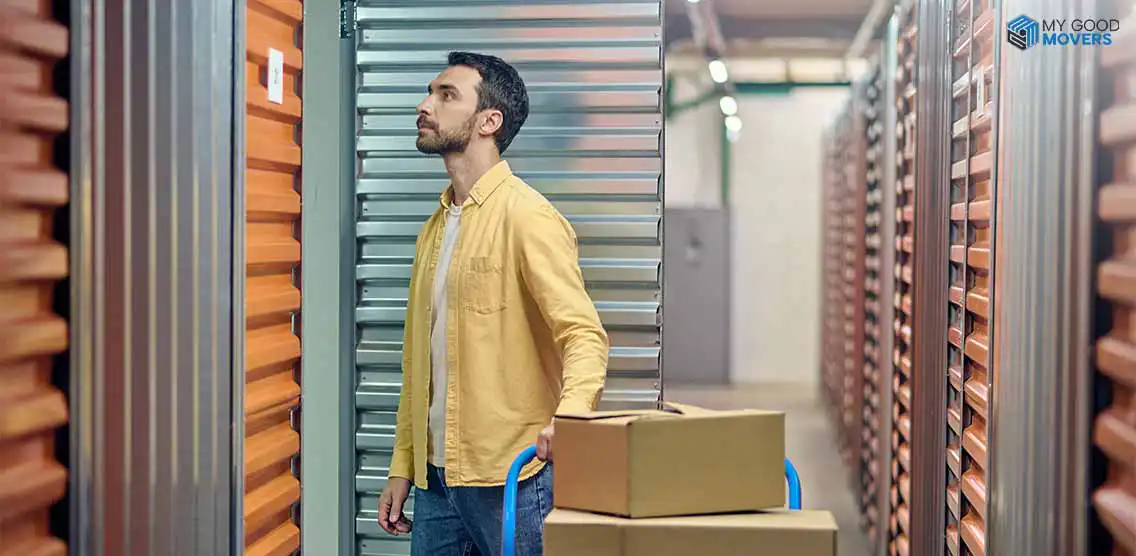


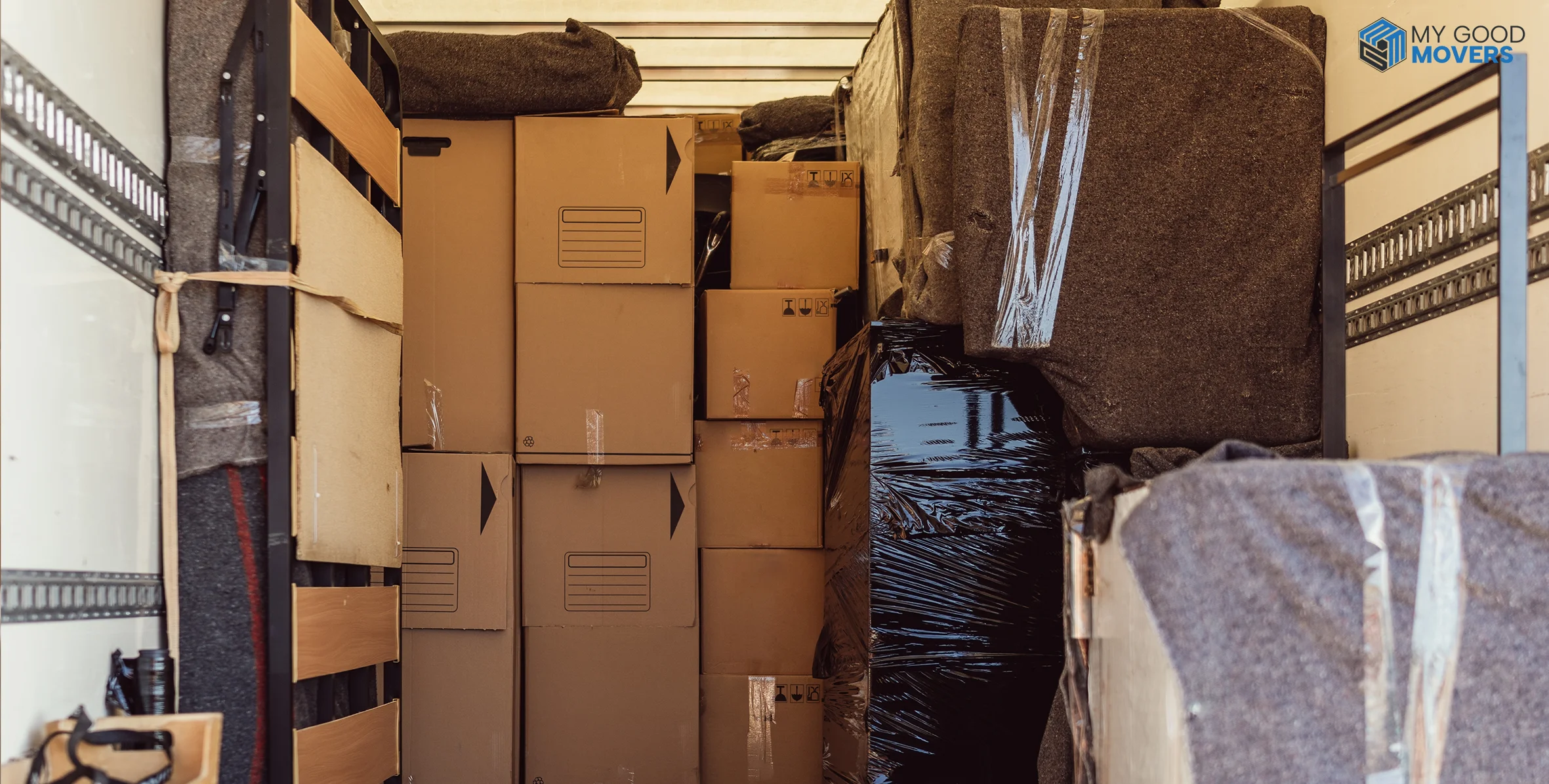
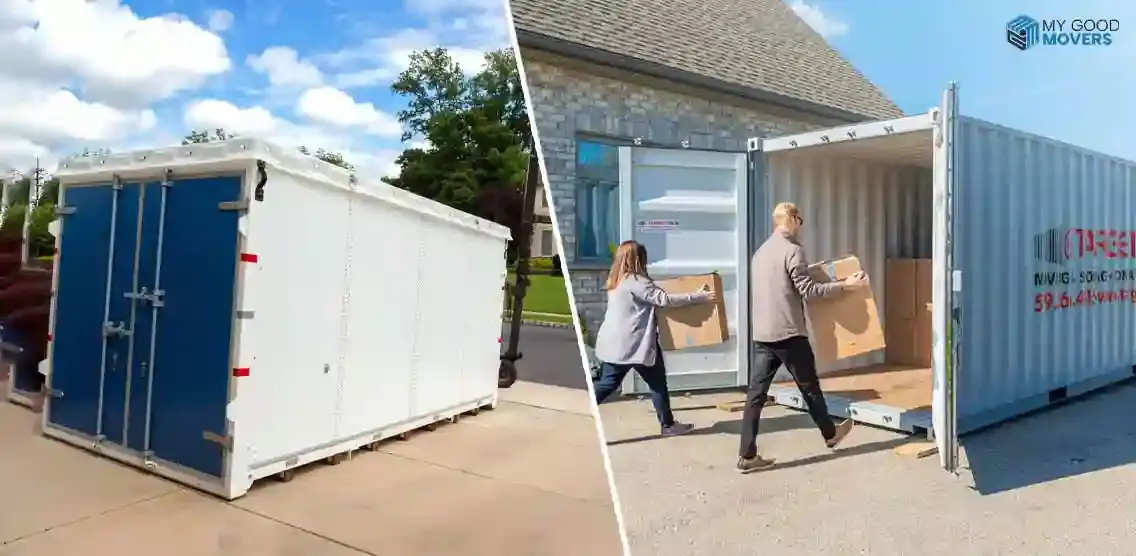
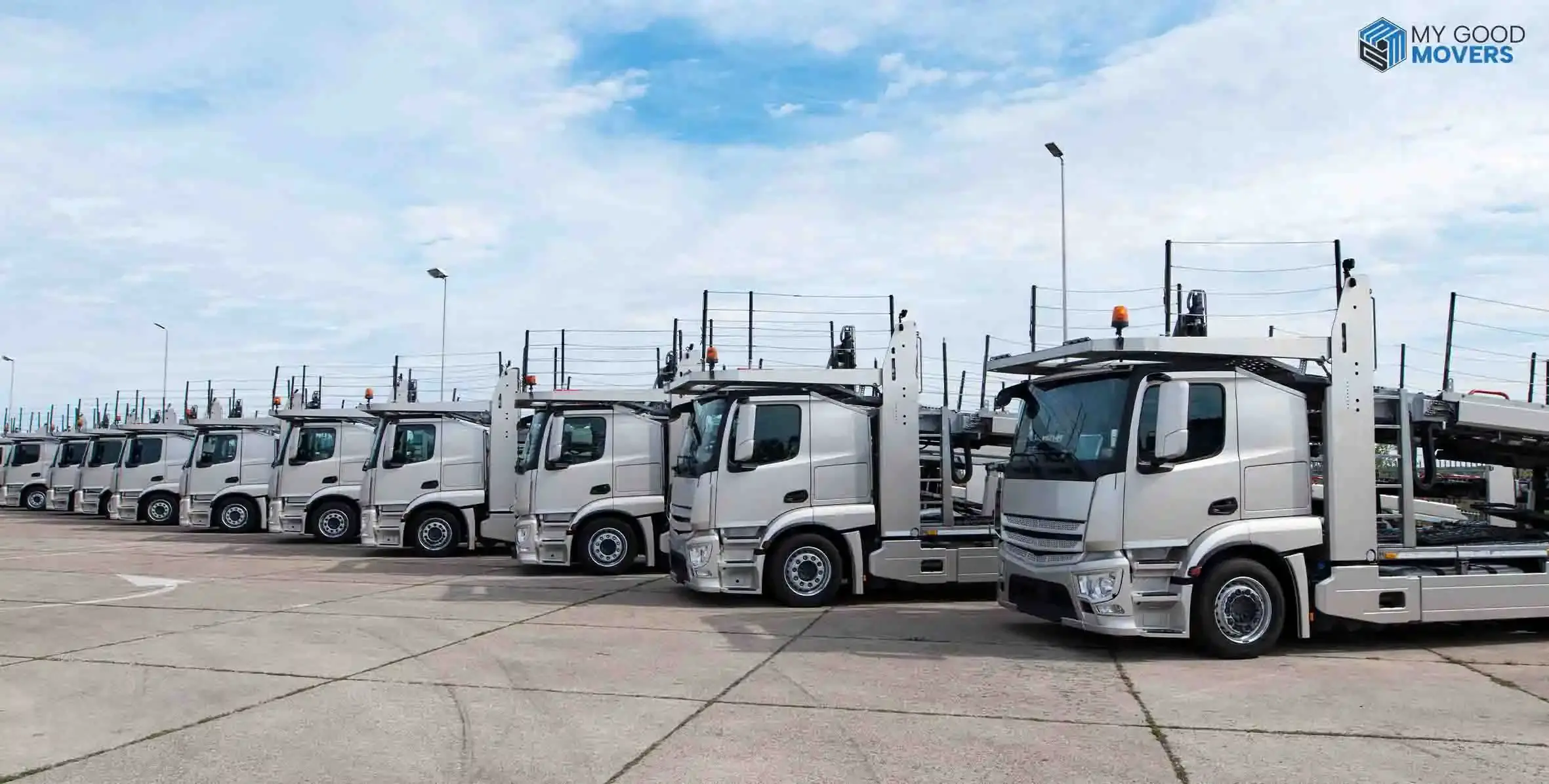


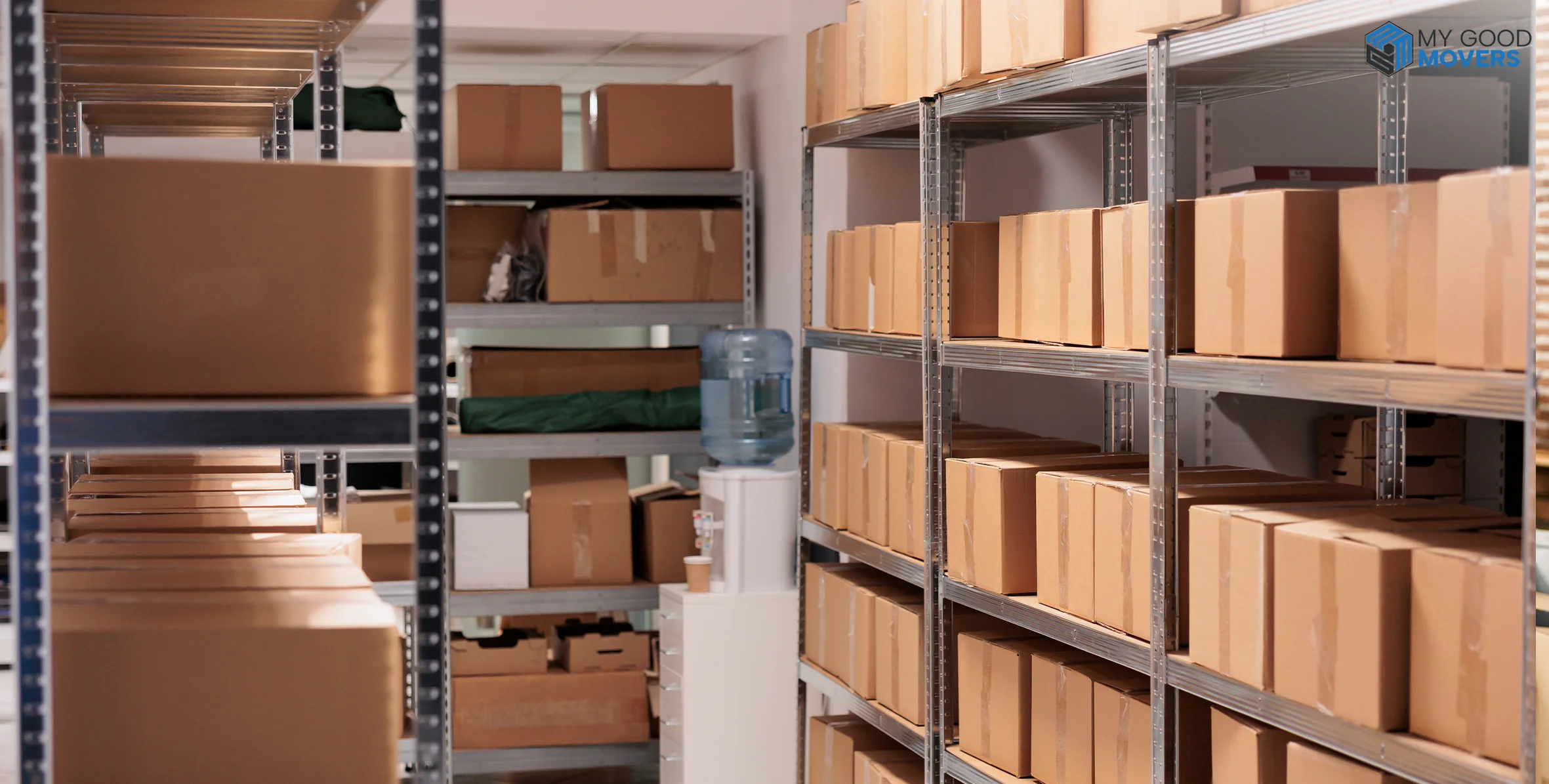



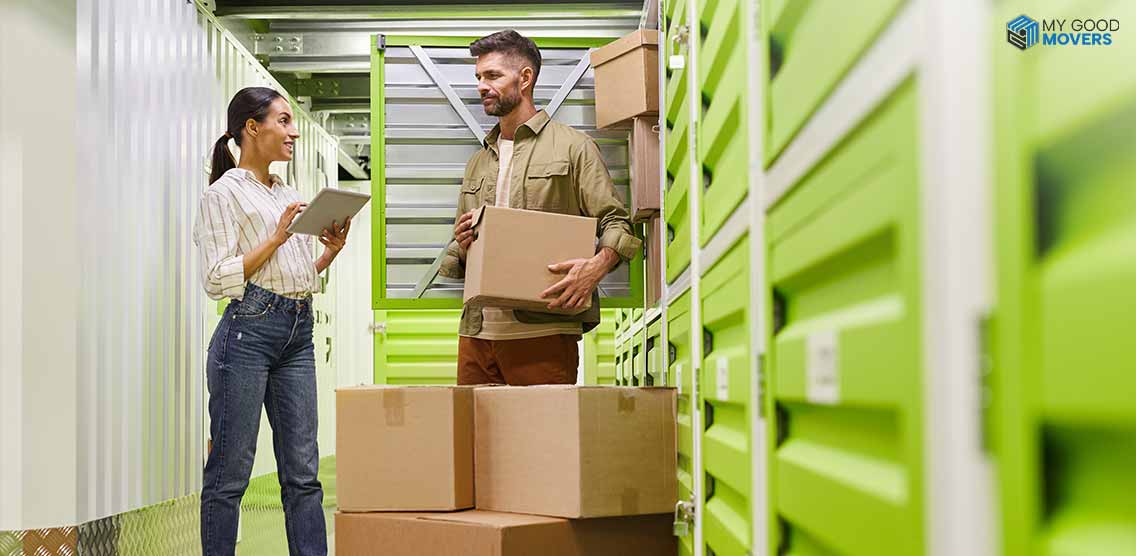
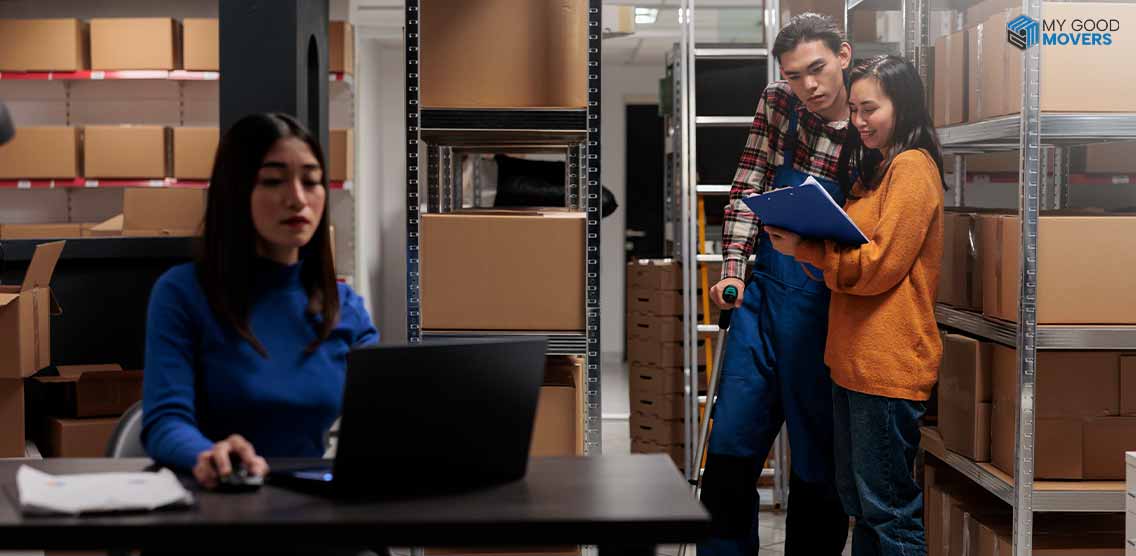
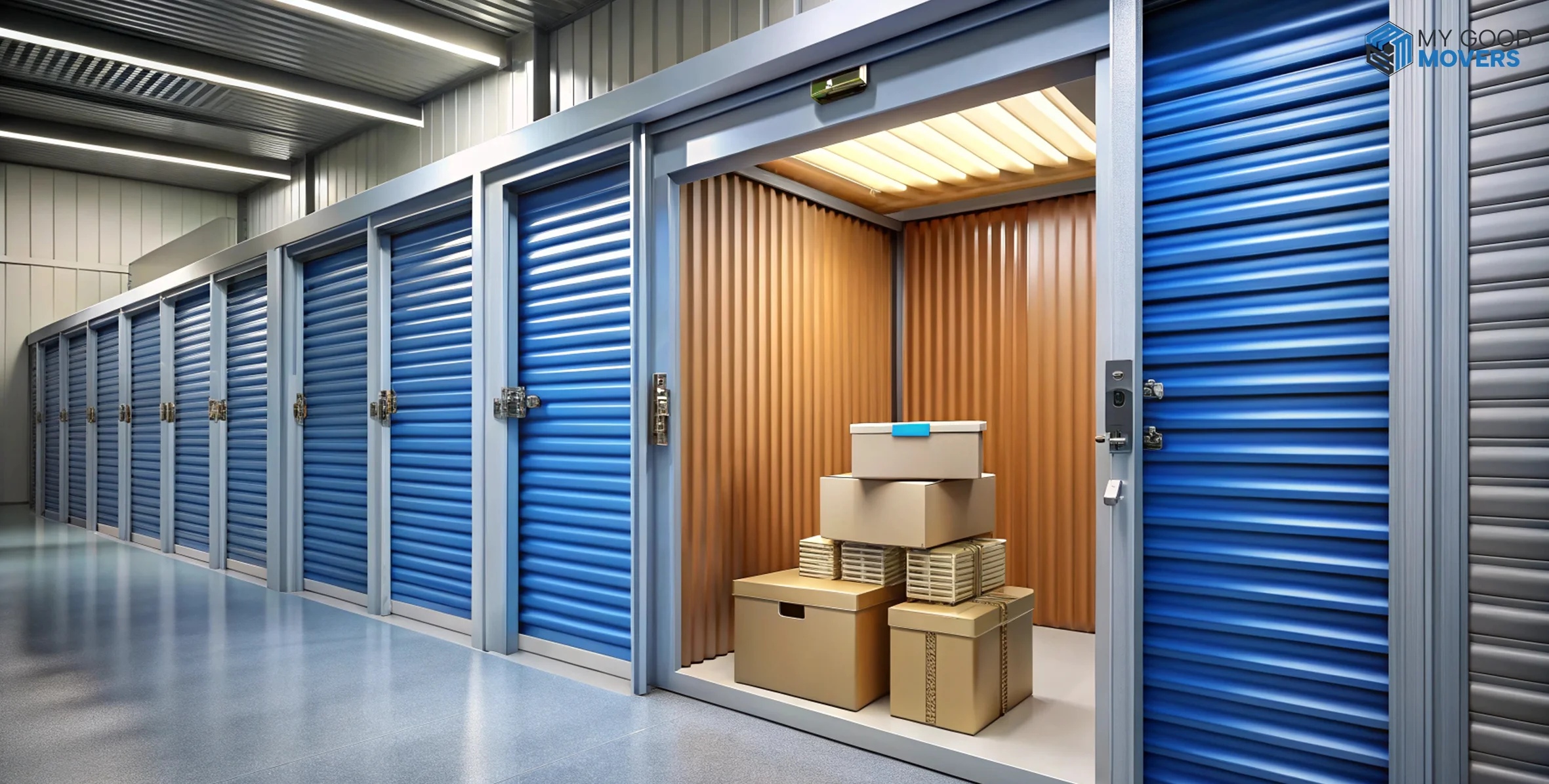
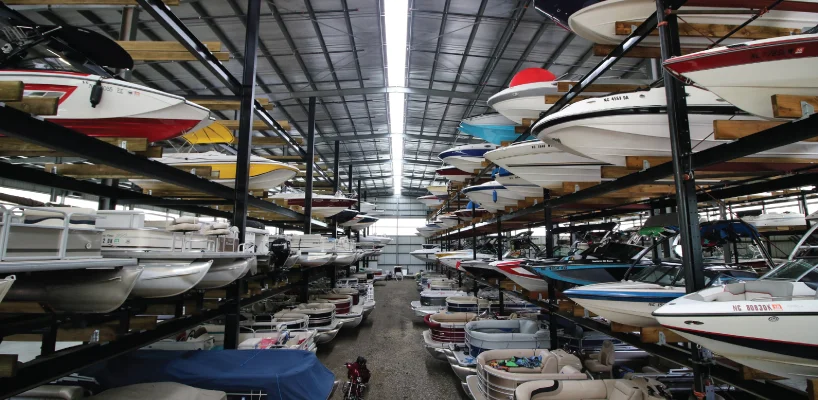

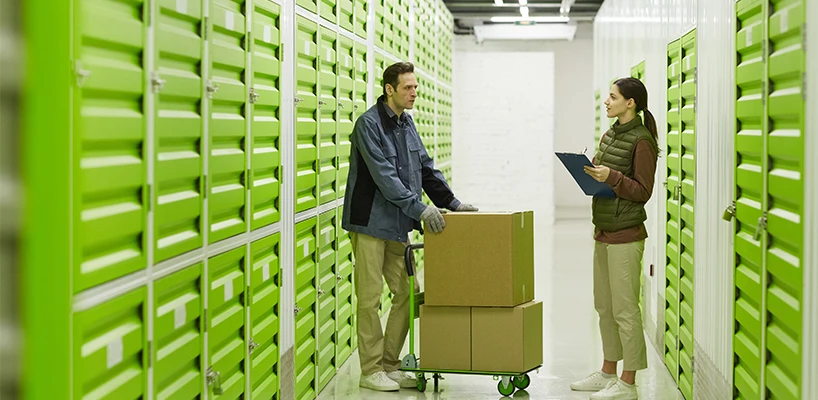
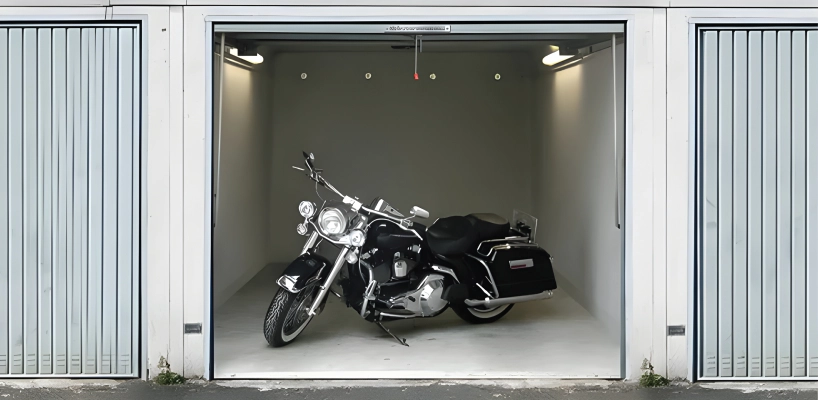

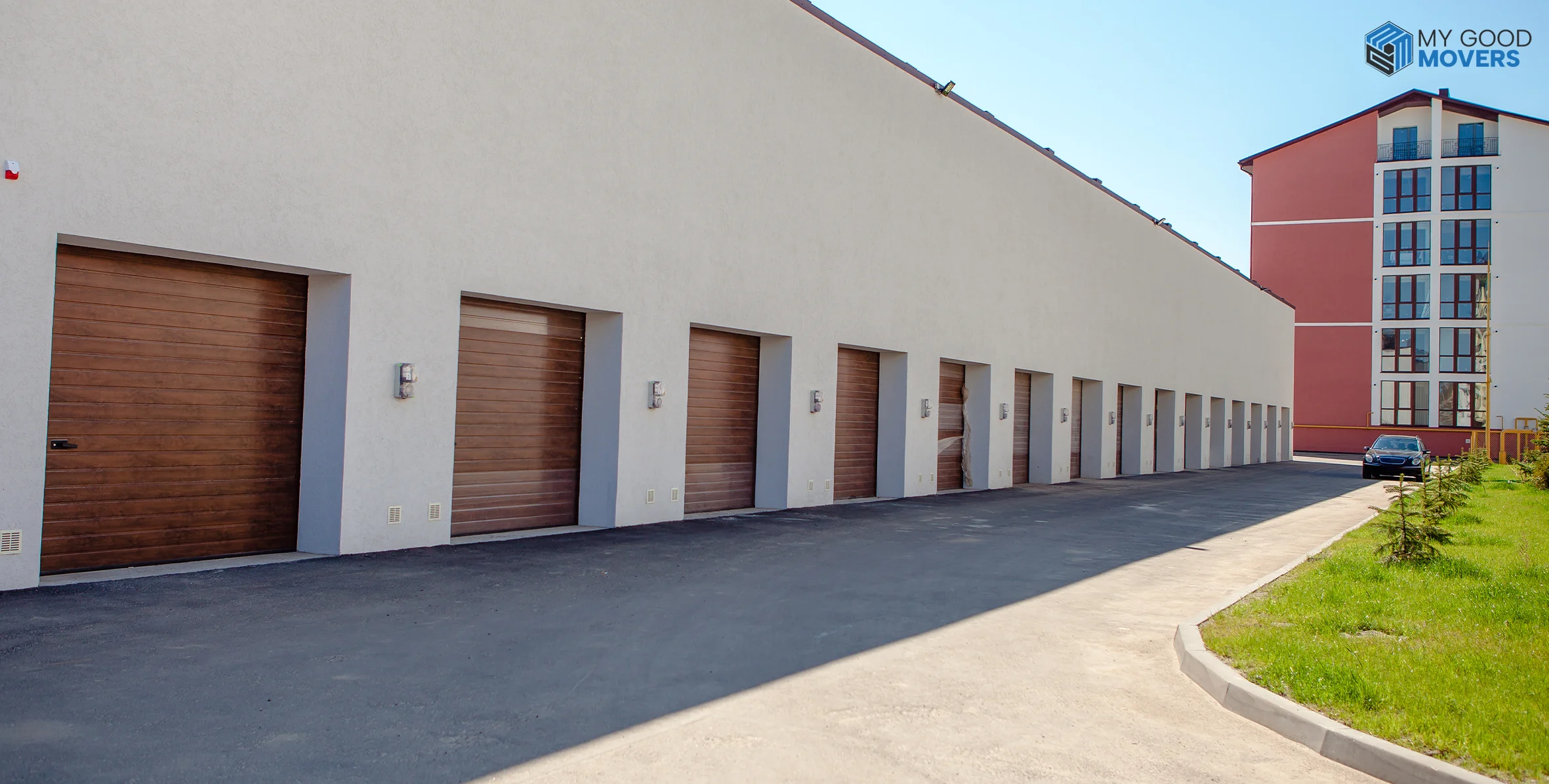
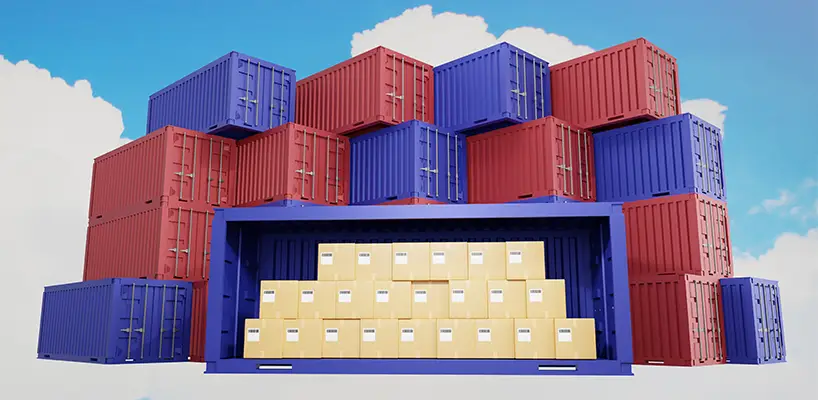


 (239) 799–6077
(239) 799–6077